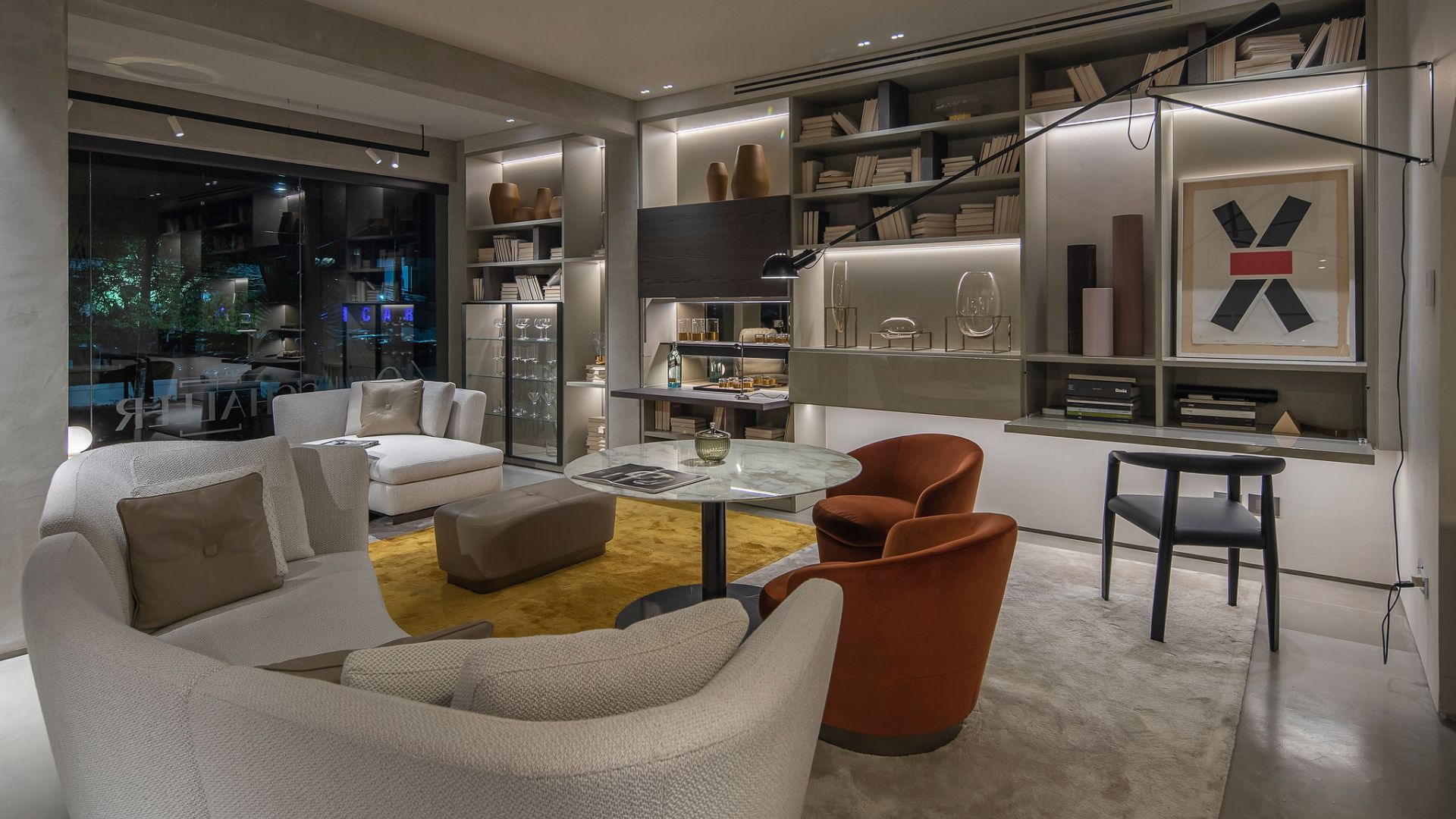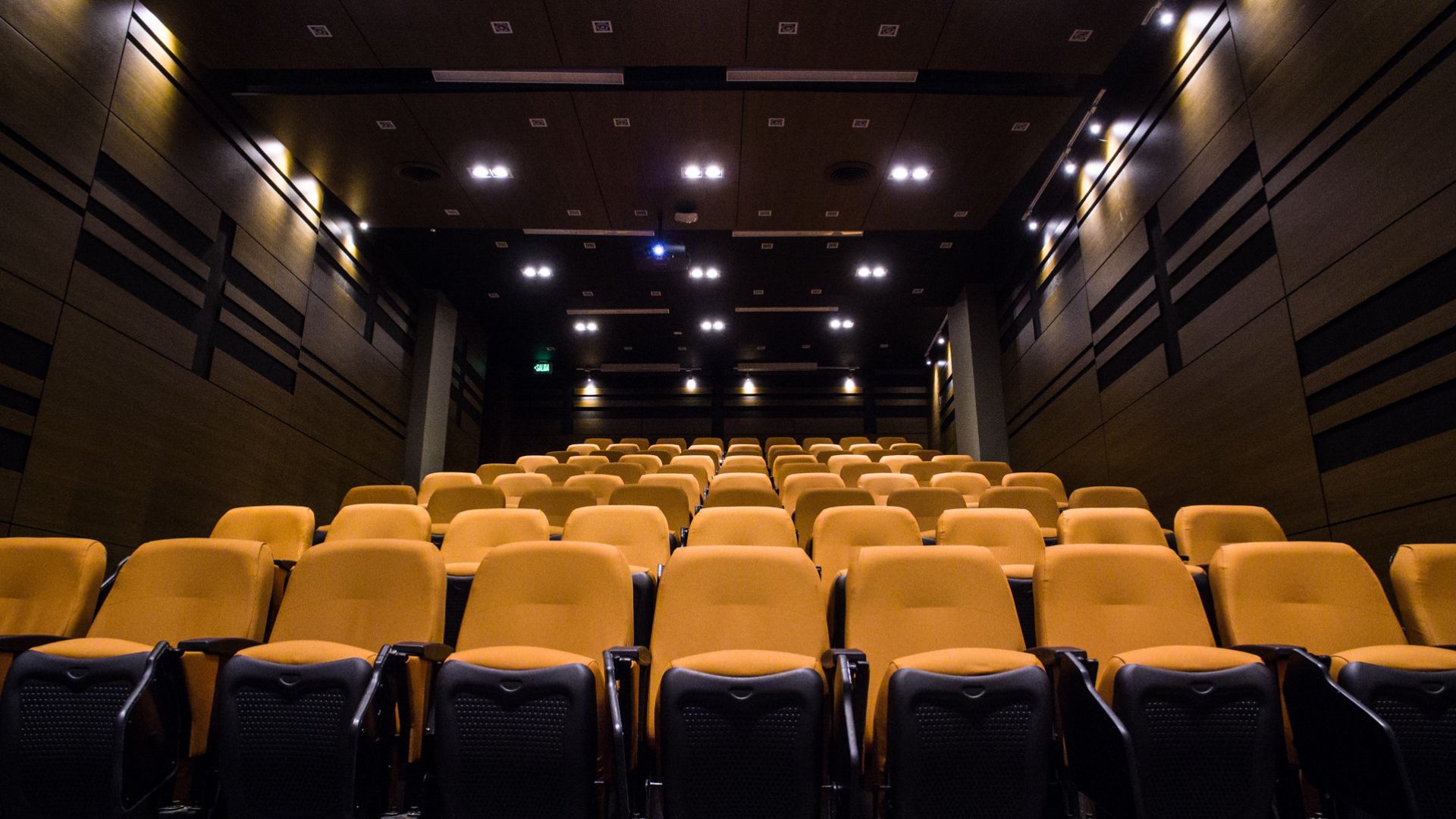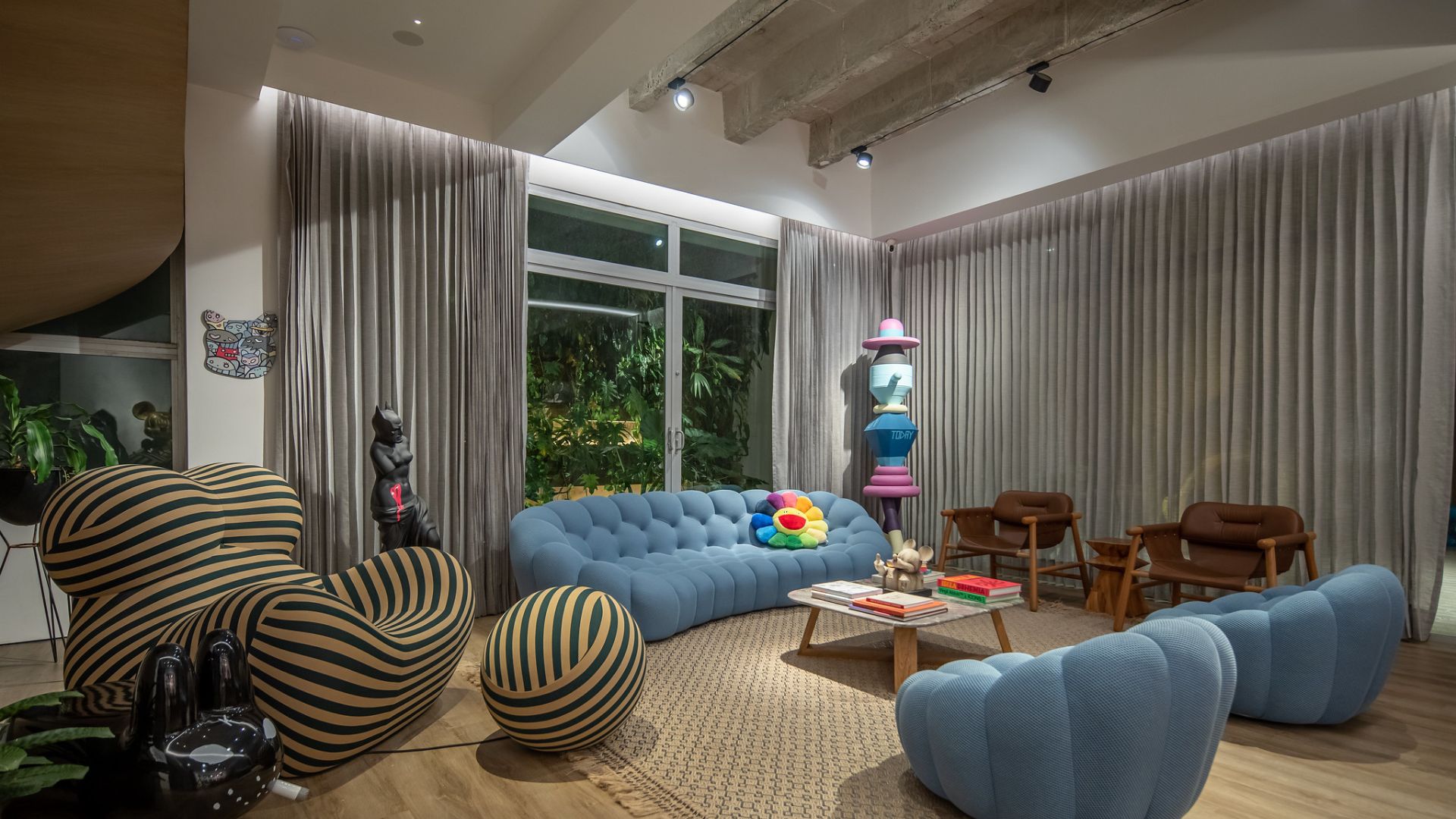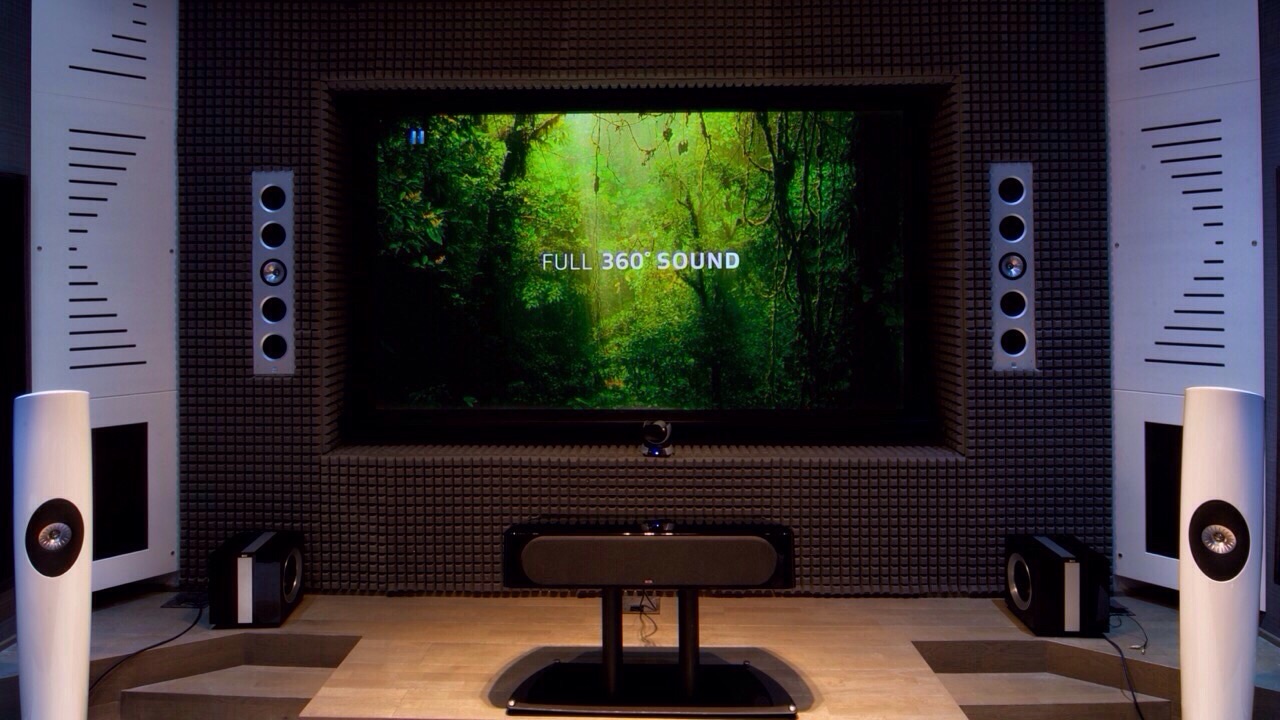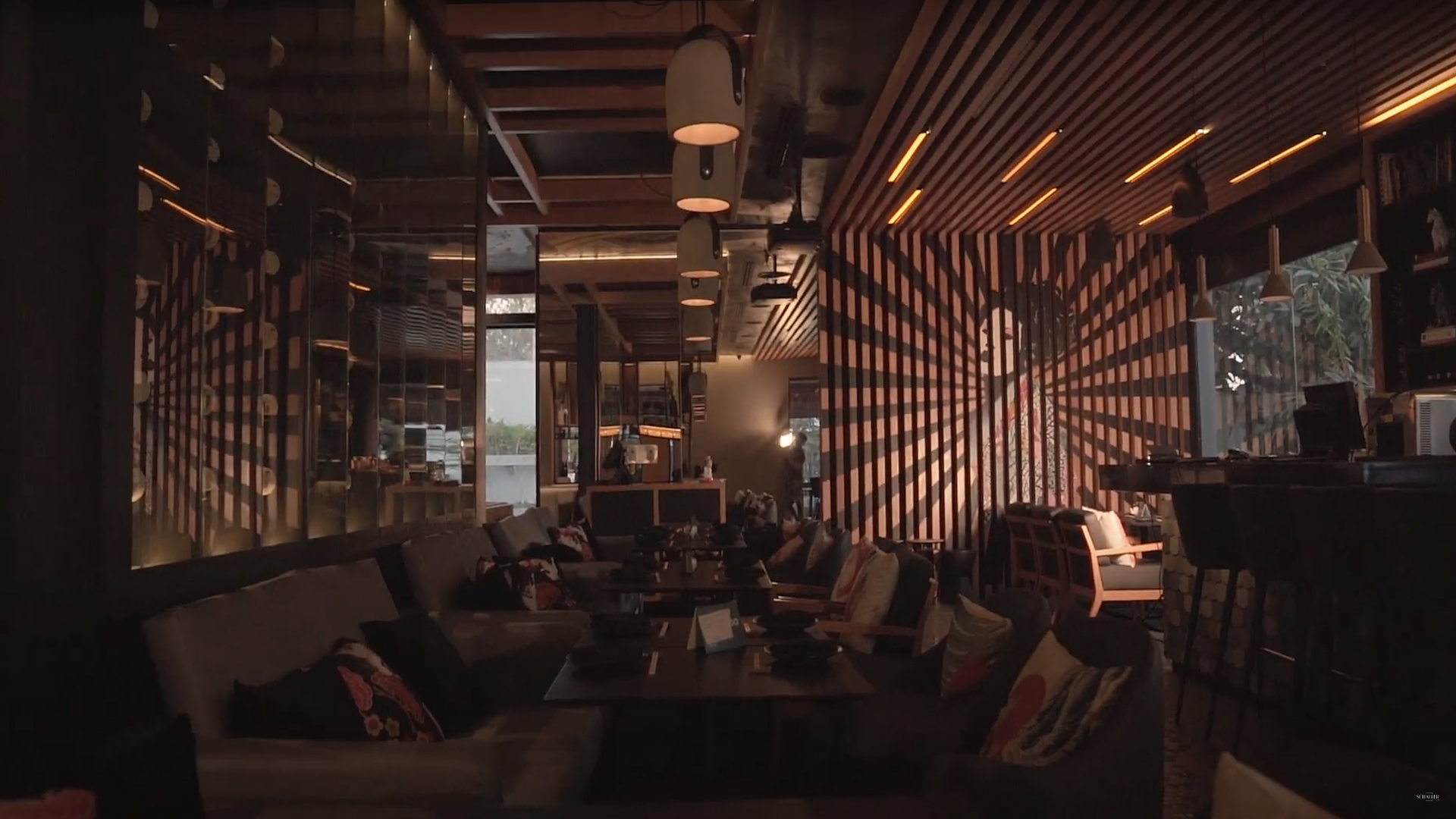Table of contents
At Schaller Design Lab, we understand that acoustics in complex spaces can be, well, complex. Whether you’re dealing with an auditorium, a multi-level shopping mall, or an open-plan office, the way sound travels through these spaces matters. We’re diving into the nuances of sound design to ensure clarity, intimacy, and comfort for everyone.
We’ll explore the latest strategies in acoustic design, from innovative materials to cutting-edge technologies. Stay tuned as we unveil how to tackle echo, reverberation, and noise control, transforming any challenging space into an acoustic haven.
Understanding Acoustics
Definition of Acoustics
Acoustics is the branch of physics that deals with the study of sound, vibration, and their transmission. It encompasses how sound is produced, controlled, transmitted, and received in different environments. When we delve into the specifics, acoustics becomes a complex interplay of sound waves interacting with various surfaces, mediums, and air particles. At Design Lab, we’re invested in deciphering these complexities to create auditory experiences that are clear and pleasant for every user.
Importance of Acoustics in Complex Spaces
In complex spaces, effective acoustic design is not just an aesthetic choice; it’s a necessity for functionality and comfort. Poor acoustics can lead to distorted sound, making communication difficult and in some cases, contributing to health issues like stress and hearing loss. Sound control is crucial in spaces like auditoriums, open-plan offices, and public venues where clarity and acoustic privacy are paramount.
We at Design Lab know that high-quality acoustics boosts productivity, enhances performance, and ensures clear communication. By incorporating state-of-the-art acoustic solutions, we transform challenging environments into spaces where sound behaves as desired. Whether it’s reducing unwanted noise or enhancing speech intelligibility, our approach is tailored to respect the unique needs of each space.
Acoustic challenges present opportunities for us to innovate and push the boundaries of what’s possible in sound design. With each project, we leverage our deep understanding of acoustics to achieve an equilibrium where sound complements space, rather than competes with it.
Factors Affecting Acoustic Performance
Room Shape and Size
The shape and size of a room are pivotal in determining its acoustic qualities. Sound waves bounce off surfaces and the geometry of the space can either enhance or detract from sound clarity. At Design Lab, we’ve found that asymmetrical shapes often help in diffusing sound waves, reducing the chances of echo and standing waves. Conversely, square or rectangular rooms can sometimes create problematic reverberations. Large rooms tend to have longer reverberation times, which can muddy sound, whereas smaller spaces can result in a flat or dead acoustic environment if not treated correctly.
Surface Materials
Surfaces materials play a significant role in acoustics. Each material interacts with sound waves differently—some absorb sound, while others reflect or even scatter it. For optimal acoustic performance, a balance is needed. Hard surfaces like concrete or glass reflect sound, which can cause echoes and make a space feel loud and noisy. Soft materials, on the other hand, such as carpets or acoustic panels, absorb sound, helping to reduce reverberation and noise levels. At Design Lab, we meticulously select surface materials that complement the specific acoustic needs of every complex space we design.
Soundproofing Measures
Soundproofing is crucial for isolating spaces acoustically. Airtight seals are essential for preventing sound leakage, and various soundproofing materials can be used to achieve this. High-density materials are generally more effective at blocking sound; therefore, incorporating them into the construction or renovation of a space is imperative. We often use soundproofing insulation, acoustic seals, and specially designed doors and windows to ensure spaces not only keep unwanted sound out but also contain desired sound within. Strategically placed soundproofing measures can significantly improve the overall acoustic performance of any given environment.
Evaluating Acoustic Performance

A glimpse into a modern office space, featuring a collaborative workspace and acoustic panels for optimal sound dampening.
In the realm of designing spaces with optimized acoustics, evaluation of performance is critical. At Design Lab, we understand the nuances that contribute to superior acoustic quality. It’s not just about aesthetics; it’s about measurable outcomes that translate to a tangible improvement in sound experience.
Sound Absorption Coefficients
Sound absorption coefficients indicate how well a material can absorb sound, and these figures are essential for creating an acoustically balanced space. Materials are rated on a scale from 0 (total reflection) to 1 (total absorption), and these ratings help us select the right materials for specific requirements. For example:
- Carpeting: Offers higher sound absorption rates, ideal for reducing noise in high-traffic areas.
- Acoustic Ceiling Tiles: Typically have high coefficients, which make them well-suited for office spaces and schools.
- Sound Panels: Strategically placed, can significantly enhance a room’s acoustic profile.
We prioritize materials with the appropriate sound absorption coefficients suited for the precise acoustical demands of each project.
Reverberation Time
The reverberation time, often abbreviated as RT60, is the time it takes for sound to decay by 60 decibels. It’s a critical metric that impacts how sound is experienced in a space. An RT60 that’s too long can make a room sound muddy and incomprehensible, while one that’s too short may render a space too dry and lacking ambiance. We consider factors like these:
- Volume of the Space: Larger spaces tend to have longer reverberation times.
- Surface Materials: Hard surfaces can extend reverberation times, while softer materials can reduce them.
- Purpose of the Space: Concert halls require longer RT60 for a fuller sound, while classrooms need shorter RT60 for clarity.
Speech Intelligibility
Speech intelligibility measures how easily speech can be understood in a given space and it’s a vital aspect of acoustic design, especially in places such as auditoriums and conference rooms. We assess it by considering:
- Background Noise Levels: High levels can hamper speech intelligibility.
- Sound Reflections: Proper management of these reflections prevents echoes that disrupt clarity.
- Technology Integration: Microphones and sound systems are often necessary to ensure speech is clearly transmitted across the space.
At Design Lab, we’re adept at fine-tuning these factors to enhance speech intelligibility, guaranteeing that every spoken word is crisp and clear.
By meticulously analyzing sound absorption coefficients, reverberation times, and speech intelligibility, we tailor acoustic solutions that meet the unique demands of each space. Trust Design Lab to craft an environment where every sonic detail is given the attention it deserves, creating spaces that sound as good as they look.
Designing Acoustics for Complex Spaces
Concert Halls and Theaters
In concert halls and theaters, optimal acoustic design ensures that every note and word reaches the audience with clarity and richness. At Design Lab, we’ve mastered the art of balancing reflection, absorption, and diffusion to create an immersive audio environment. We incorporate variable acoustics in our designs, allowing spaces to adapt to different types of performances. Ensuring that the sound envelopes the audience from all directions is not just our goal—it’s our guarantee.
Lecture Halls and Classrooms
The acoustic demands of lecture halls and classrooms revolve around speech intelligibility. With our expertise, we make sure that every spoken word is crisp and clear, unhindered by external noise or internal echoes. Strategic placement of sound-absorbing materials eliminates unwanted reverberation, enabling students to focus better and absorb information effectively. Design Lab knows how essential it is for educational spaces to be conducive to learning, and our acoustic solutions reflect that knowledge.
Churches and Houses of Worship
For churches and houses of worship, acoustics contribute significantly to the spiritual experience. Our work at Design Lab ensures that sermons and musical elements resonate with the congregation. We carefully manage reverberation to blend choirs and organ music harmoniously, while speech remains distinct. Our designs respect the sacred atmosphere, ensuring sound supports worship without dominating the space.
Restaurants and Cafeterias
The bustling atmosphere of restaurants and cafeterias can often hinder conversation. We address this by optimizing the acoustic environment to reduce noise levels while maintaining the vibrant ambience patrons enjoy. Design Lab’s innovative acoustic solutions help suppress intrusive sounds, like kitchen clatter and neighboring conversations, so diners can enjoy their meals and each other’s company.
Conference Rooms
Clear communication is paramount in conference rooms, where discussions drive business forward. At Design Lab, our acoustical treatments are engineered to facilitate effective communication. Soundproofing and noise cancellation techniques are employed to insulate these spaces from outside interference. Our acoustic panels are designed to be aesthetically pleasing while providing the functionality essential for confidential and focused conversations.
Collaborative Workspaces
The trends toward open-plan and collaborative workspaces require innovative acoustic strategies to minimize distractions. We create environments where team collaboration thrives without sacrificing individual concentration. Through the use of acoustical zoning and targeted noise control solutions, Design Lab enables productivity and comfort to coexist in the modern workspace.
Technology and Acoustics
Acoustic Modeling Software

A modern meeting room designed for productivity, featuring a spacious layout, comfortable seating, and vibrant wall art.
In our pursuit of exceptional acoustic design, we’ve found that acoustic modeling software is pivotal. These sophisticated tools allow us to simulate and analyze sound within virtual models of proposed spaces. By entering parameters such as room dimensions, surface materials, and audience size, we can predict how sound waves will interact with the environment. This isn’t just guesswork; it’s a data-driven approach to acoustics. For Design Lab, leveraging the latest software ensures we craft environments that hit the mark for auditory excellence.
Digital Signal Processing
Digital Signal Processing (DSP) stands at the forefront of our acoustic arsenal, enhancing the listening experience across a range of settings. In the heart of every modern sound system, DSP algorithms are hard at work, refining audio signals to reduce noise, echo, and feedback. Our expertise in deploying DSP technology means that every sound is crisp, every syllable is intelligible, and every musical note is pure. With DSP, Design Lab turns a potentially mediocre audio environment into an aural masterpiece.
Loudspeaker Placement
Strategic loudspeaker placement is integral to our acoustic design process. It’s not simply about placing speakers at the front of a room; it’s an art and science that considers directivity and coverage patterns. We meticulously calculate the optimal positioning for loudspeakers to ensure even distribution of sound, minimizing dead zones and hotspots. For Design Lab, this precision is a non-negotiable, as it significantly influences the acoustic success of any space we design.
Conclusion
We’ve explored how cutting-edge technology can shape the acoustics of complex spaces, ensuring every sound is heard as intended. With acoustic modeling software, we’re able to predict and perfect the auditory landscape before construction even begins. Through DSP, we refine audio to its purest form, and with careful loudspeaker placement, we achieve a sound that envelops listeners in clarity and depth. Our commitment to acoustic excellence transforms any space into an auditory oasis. Embracing these technological tools is key to mastering the soundscapes of tomorrow.
Frequently Asked Questions
What role does technology play in acoustic design?
Technology is pivotal in acoustic design as it allows for simulation and analysis through acoustic modeling software, ensuring optimal sound distribution and performance in proposed spaces.
How does acoustic modeling software contribute to acoustic design?
Acoustic modeling software simulates sound in virtual models, allowing designers to predict and modify acoustics to achieve the desired audio quality in a space before actual construction or setup.
What is Digital Signal Processing (DSP) and its relevance in acoustics?
Digital Signal Processing (DSP) involves refining audio signals to enhance the listening experience. It’s a key technology in acoustics used to process and improve the quality of sound.
Why is loudspeaker placement important in acoustic design?
Strategic loudspeaker placement ensures an even distribution of sound throughout a space, which is essential for a clear and balanced auditory experience in any acoustic environment.
Our Portfolio
Table of contents
